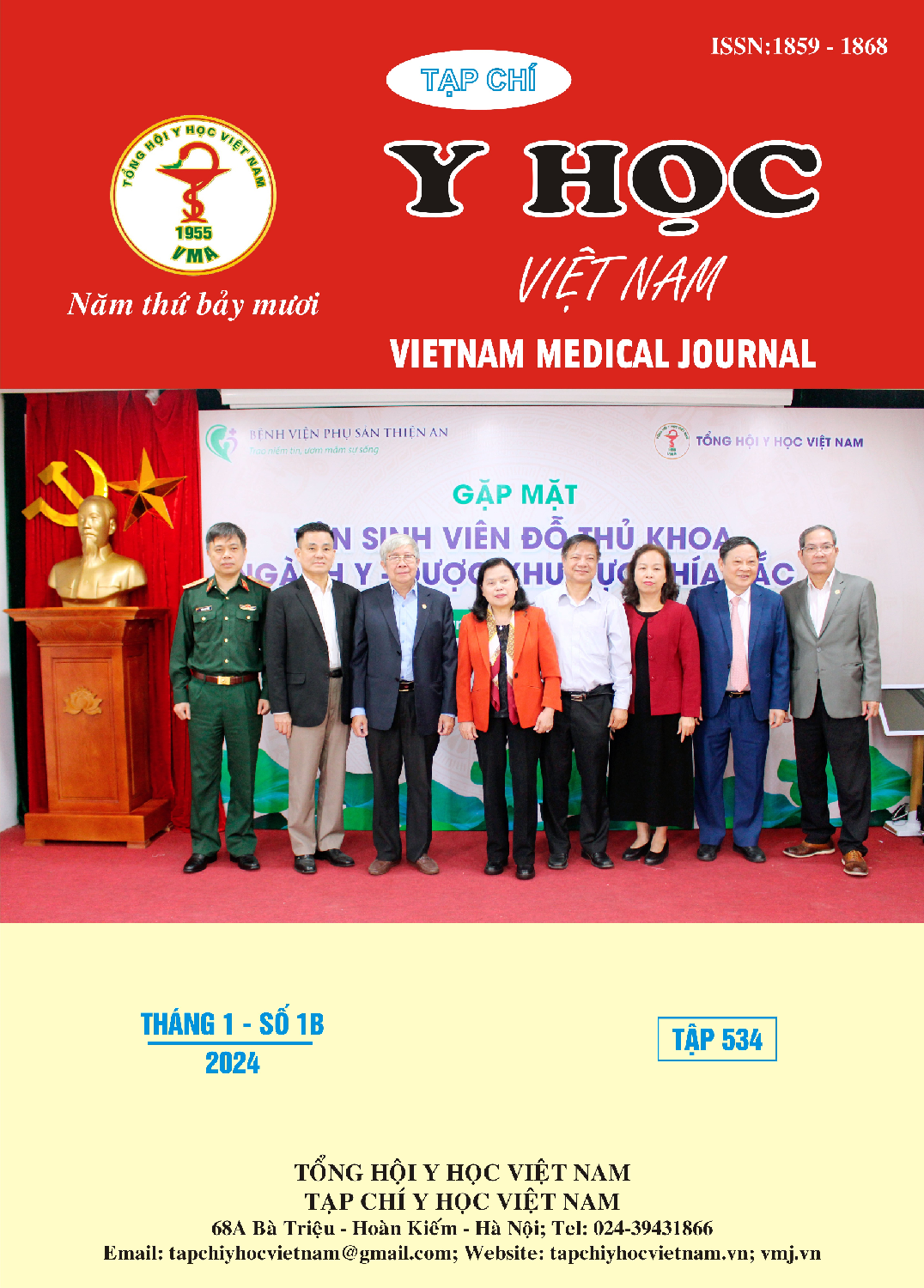ANTI-INFLAMMATORY, ANTI-PROTOZOAL ACTIVITIES OF SCOPARIA DULCIS
Main Article Content
Abstract
This study was designed to evaluate the anti-inflammatory and antiprotozoal activities of 30% and 96% ethanolic extracts and isolated compounds from the whole plant of Scoparia dulcis collected in Vinh Long. The results showed that 96% ethanolic extract inhibited nitric oxide production at concentrations below 100 μg/ml in the LPS-induced RAW 264.7 macrophages. In the model of carrageenan-induced paw edema in mice, the group treated with 96% ethanolic extract at a dose of 500 mg/kg indicated lower swelling (not statistically significant) than the negative control group at all time points of the experiment. The group treated with 30% ethanolic extract at a dose of 500 mg/kg showed lower swelling (statistically significant) compared with the negative control group at time point of 1h, 5h and 24h. Compared with the positive control group (treated with diclofenac at a dose of 5mg/kg), mice treated with 30% ethanolic extract, at a dose of 500 mg/kg showed no statistically significant difference in swelling compared with the positive control group in time point of 1h, 3h and 5h. The above results proved that the 30% ethanolic extract possessed a better anti-inflammatory effect than the 96% ethanolic extract, after 24 hours of experiment. In addition, 30% and 96% ethanolic extracts had antiprotozoal activity against Tetrahymena pyriformis after 24 hours of incubation with two these extracts at a concentration of 25 mg/ml. Using chromatographic techniques, 5 compounds were isolated and structurally determined from extract with 96% alcohol of Scoparia dulcis whole plant (cpd.1-5). Evaluating the antiprotozoal activity of compounds 1-3 indicated that all possessed moderate antiprotozoal activity.
Article Details
References
2. Huang, G. J., Wang, B. S., Lin, W. C., Huang, S. S., Lee, C. Y., et al. Antioxidant and anti-inflammatory properties of Longan (Dimocarpus longan Lour.) Pericarp. Evidence-Based Complementary and Alternative Medicine, 1-10 (2012).
3. Mizuno, Y., Jacob, R. F., Preston M. R. Inflammation and the development of atherosclerosis effects of lipid-lowering therapy. Journal of Atherosclerosis and Thrombosis 18(5), 351-358 (2011).
4. Su, S., Wang, T., Duan, J. A., Zhou, W., Hua, Y. Q., Tang, Y. P., Yu, L., Qian, D. W. Anti-inflammatory and analgesic activity of different extracts of Commiphora myrrha . Journal of Ethnopharmacology 134(2), 251-258 (2011).
5. Rodrigo, L., De Francisco, R., Pérez-Pariente, J. M. Nimesulide-induced severe hemolytic anemia and acute liver failure leading to liver transplantation. Scandinavian Journal of Gastroenterology 37(11), 1341-1343 (2002).
6. Laine, L., Smith, R., Min, K., Chen, C., Dubois, R. W. Systematic review: the lower gastrointestinal adverse effects of non-steroidal anti-inflammatory drugs. Alimentary Pharmacology and Therapeutics 24(5), 751-767 (2006).
7. Черемных Е.Г., Осипов А.В., Старков В.Г., и др. Сравнительное исследование влияния ядов змей на рост инфузорий Tetrahymena pyriformis: идентификация ядов с высокой антипротозойной активностью. // Доклады Российской академии наук. Науки о жизни. 503. 197–202 (2022).
8. Sperandio da Silva, G.M., Mediano, M.F., Alvarenga Americano do Brasil, P.E., et al., A clinical adverse drug reaction prediction model for patients with chagas disease treated with benznidazole, Antimicrob. Agents Chemother., 58(11), 6371–6377 (2014).
9. Meyer, A., Holt, H.R., Selby, R., and Guitian, J., Past and ongoing tsetse and animal trypanosomiasis control operations in five African countries: a systematic review, PLoS Negl. Trop. Dis., 10(12), art. ID e0005247 (2016).
10. Đỗ Huy Bích và ctv. Cây thuốc và động vật làm thuốc ở Việt Nam, tập 1, Nhà xuất bản Khoa học và Kỹ thuật, 334–335, (2004).


